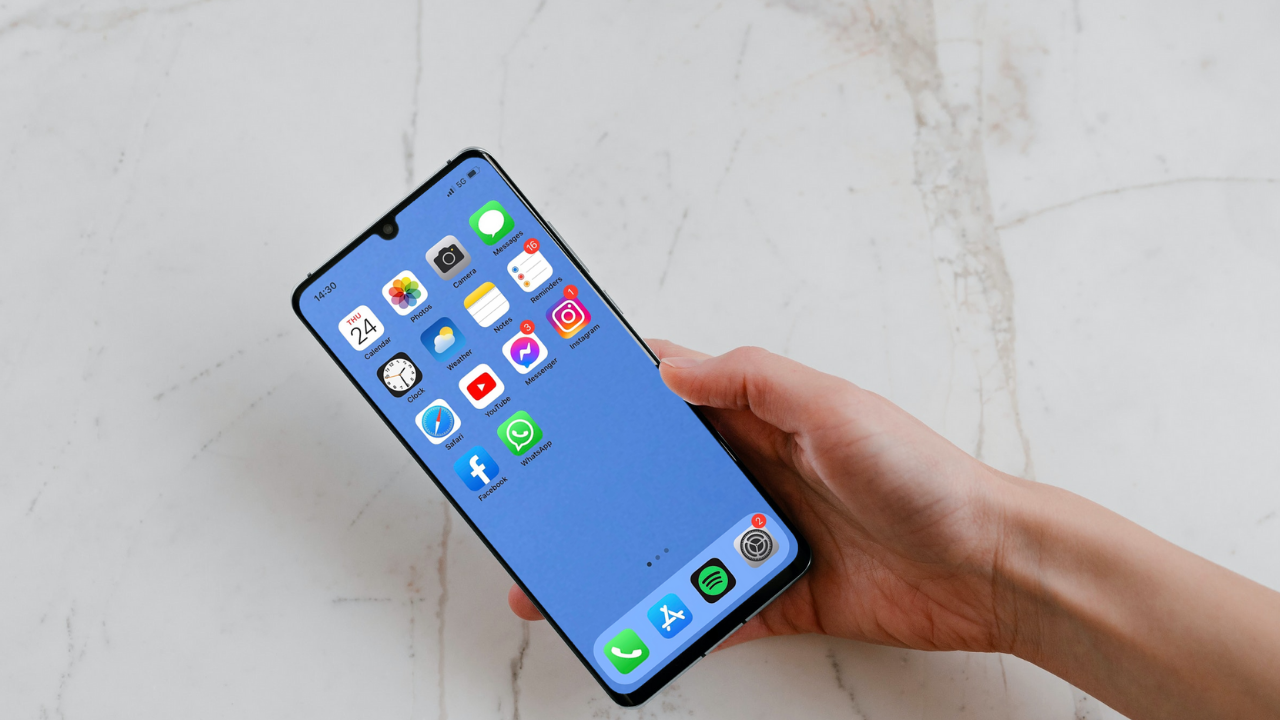Technology is evolving at a lightning pace. Products and capabilities beyond the wildest dreams of innovators just a decade ago are now commonplace realities - and the rate at which technology develops only seems to be getting faster and faster.
Tech advancements have significantly influenced the business and consumer spheres over the last several years, from voice interface technology, for example, Google Home to self-driving cars. However, what does the answer mean for staff training?
Whether it’s YouTube, Instagram or Vine, video has quickly become one of the most impactful ways to communicate to an audience. To such an extent, creating videos of your own has never been easier.
Now, everyone has instant access to filming, editing and publishing videos, a much more prominent thing amongst the rising generation.
If you are not convinced of the importance of video content, look at the digital community. Almost every major social network – Facebook, Twitter, Google+, LinkedIn, and more – have all made it easier to upload, view and share videos on their respective apps and websites.

Numbers don’t lie
Internet users do love video! “The average consumer with an internet connection watches roughly 206 videos per month, and Nielsen claims that 64 percent of marketers expect video to dominate their strategies in the near future.” Looking at the numbers, it seems like a no-brainer to say that video content is more engaging than text. However, tapping into a little basic psychology, we can further break down these findings, and also describe the conditions that make video the best option for training staff.
Different types of cognitive task
“Videos are processed by the brain 60,000 times faster than text.” [Liraz Margalit, Head of Digital Behaviour Research at Clicktale]
Think about the heavy lifting your brain must do when reading an article vs watching a video clip! Margalit, further explains humans are hardwired to avoid demanding mental strain, so this tendency toward “laziness” will, often, invite us to choose the information that is easy to process over the form that makes us put out a lot of effort - Here at BVS, we’ve found that our partners in the care sector prefer video-based training and consider videos better at communicating ideas and concepts to all. In addition, our partners' claim to make learning much more engaging, leading to better development amongst staff.
Where both video and text are available on the same page, 72% of people would rather use video to learn about a product or service.

Photo by Wes Hicks on Unsplash
Secondly, reading text and watching videos also require two different brain processes. When you read, the process requires you to be actively involved. The brain gets a much better workout when reading in comparison to watching; however, the process requires a much longer attention span and more profound cognitive efforts.
This means that careful reading is not an automatic process but instead occurs only when you actively process what you are reading.
Watching a video, though, is passive. It’s a great deal less demanding and more of an automatic process, asking a lot less energy and effort on behalf of the person watching. When you read something, you are actively involved in processing the information in front of you. Our brain processors are working hard. However, while reading is all about thinking, video is better at getting us to feel. "When we watch a video, we become immersed in it and create an empathetic connection with the screen. That’s because it’s much easier for us to become emotionally attached to something we watch in a video than something we read in an article."
Emotions are mediated by automatic reactions, which can be explained through a process called mirror-neuron mechanism. This process occurs both when a person acts and when someone observes the same action performed by another individual. Humans mirror the behaviour of the other as though the observer were itself acting. The mirror neuron systems in the human brain, help us understand the actions and intentions of other people and are the basis of a person's ability for emotions such as empathy, an immense concern for all in the care sector. Your brains mirror what’s unfolding before you as if you were part of the scene, even if you are sitting passively on the sidelines - As the leading provider of video-based training solutions for the care sector, and one of only a handful of training providers officially endorsed by Skills for Care. Last year, over 125,000 care staff were trained to the highest possible standards with BVS products.
So, when it comes to mirror neurons, there is no difference between the cinema and real life. This suggests that you could be experiencing (in small but significant ways) the pain (and supposedly also the pleasures) of those you witness on screen. This activity makes the spectator much more emotionally involved and engaged.
Video vs Text. Video is more captivating than text. Viewers are 95% more likely to remember a call to action after watching a video compared to 10 percent when reading it in text format.
The product matters
A crucial question for businesses to ask before deciding to deliver their staff training via video, e-learning or text is: What is the product that you provide?
At BVS we are the UK’s leading provider of accredited video-based training solutions for the care sector and specialise in producing convenient & practical e-learning courses for businesses concerned with delivering the highest quality of care at the lowest prices.
We want to thank all our partners that consistently use BVS training solutions to provide training that produces skilled and compassionate care workers who make a massive difference to the lives of those they work with.


